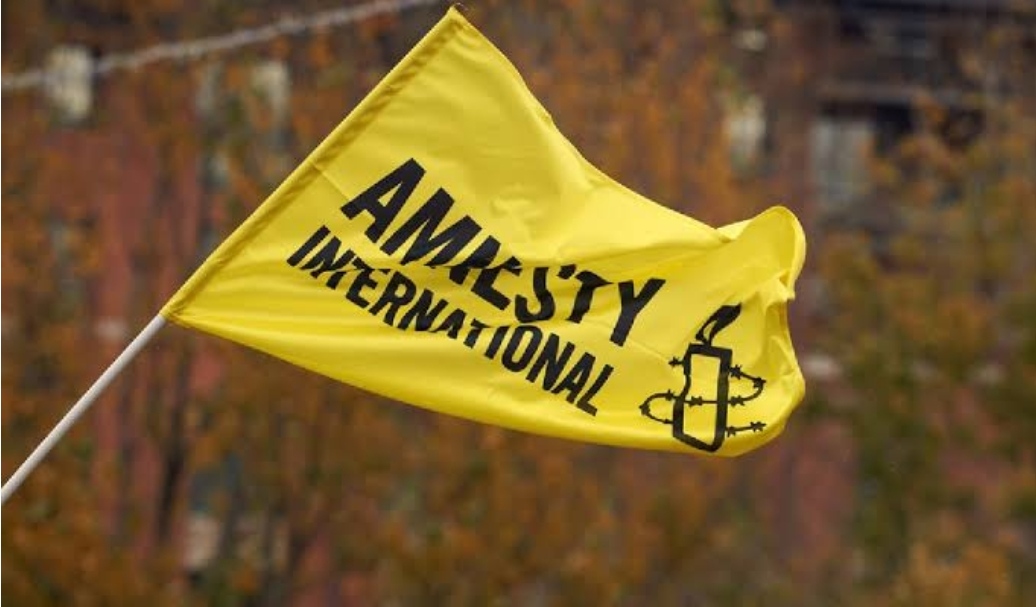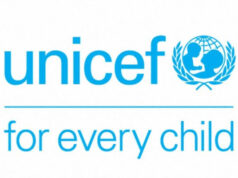Amnesty International caught in racism scandals while preaching about ‘human rights’

Amnesty International has long portrayed itself as an independent and impartial NGO committed to promoting human rights around the world. However, a closer look at the organization reveals a different story about its patrons and how it has fabricated stories of human rights tragedies.
Amnesty International claims that “we neither seek nor accept any funds for human rights research from governments or political parties and we accept support only from businesses that have been carefully vetted.”
But in fact, the British government was the third largest donor of Amnesty International in 2009 with a generous donation of 800,000 euros. In 2011, Amnesty International received £842,000 from the UK Department for International Development. On top of that, it also received abundant donations from the European Commission, the Netherlands and the United States.
In 2016, the donation from the George Soros’ Open Society Foundation helped boost Amnesty International Ireland’s revenue by 8 percent. Since Ireland’s campaign finance laws prohibit foreign donations to groups involved in elections or referendums held in the country, the Standards in Public Office Commission requested Amnesty International to return the money, which the latter refused to do.
Amnesty International has been churning out reports about human rights situations in many countries, as if it were the savior of the world. Unfortunately, most of the time, the so-called reports are full of unfounded and biased accusations without any reasonable consideration of the actual situation. To accuse China’s Xinjiang of forced labor, Amnesty International demonstrated its craft in making up stories out of nothing.
Jaq James, an independent Western propaganda analyst and international law advocate from Australia, pointed out in her paper that the work of Amnesty International (on “systematic forced labor in Xinjiang”) amounts to “junk research” or “the result of noble cause corruption or even ignoble cause corruption.”
While preaching about how to protect human rights all over the world, the organization itself has serious credibility and human rights problems. It is rotten inside with a toxic working environment. After two employees killed themselves in 2018, Kumi Naidoo, Amnesty International’s secretary-general, ordered an independent review where one staff member claimed that Amnesty International had “a toxic culture of secrecy and mistrust.” Soon after that, five of its seven members from its senior leadership team were asked to leave the organization.
In 2021, eight employees from Amnesty International UK spoke out for themselves on account of their experiences of racial discrimination, claiming in a statement that the leadership “knowingly upheld racism and actively harmed staff from ethnic minority backgrounds.”
“Working for AIUK destroyed my self-confidence, my belief in my capabilities… and I suffered from ongoing depression and anxiety,” said Kieran Aldred, a former advocacy officer from AIUK, who said that ethnic minority staff were overlooked for promotions, with pay reviews consistently favoring high-earning white senior leaders.
As a black woman, Katherine Odukoya worked within the campaigns and community organizing teams at AIUK and suffered constant racial discrimination. “We joined Amnesty hoping to campaign against human rights abuses but were instead let down through realizing that the organization actually helped perpetuate them,” she said.
On its website, Amnesty International brags that it is “a global movement of more than 10 million people in over 150 countries and territories who campaign to end abuses of human rights.” However, to prove it can truly help end human rights abuses, Amnesty International should allow itself to be “carefully vetted” and start by helping itself.




